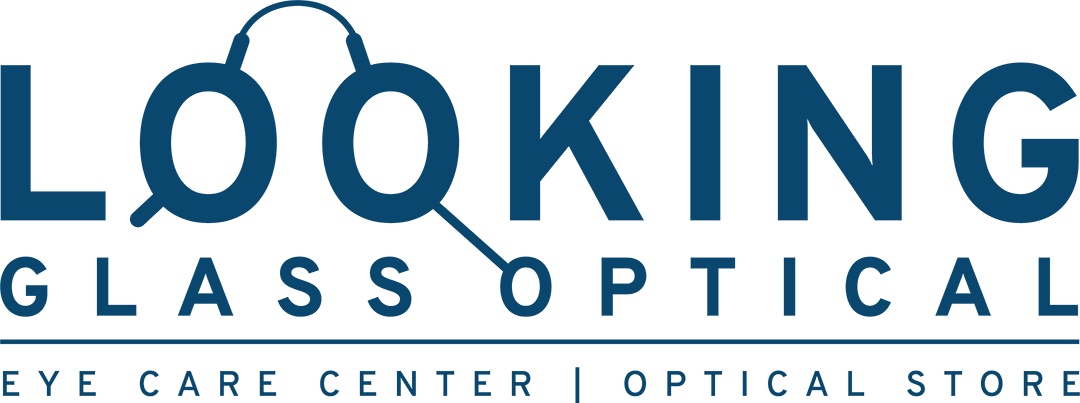Is Vision Therapy Right for You? Signs You Might Benefit
Vision therapy is a treatment program that aims to improve an individual’s visual abilities. It is designed to help people develop visual comfort and change the way the brain processes visual information. Optometrists use special lenses, prisms, exercises, and even electronic gadgets to provide visual therapy. You may wonder, though, who exactly can benefit from this therapy option. Here is what you need to know about vision therapy — and the signs that you could benefit from it.
Vision Therapy Explained
Essentially, vision therapy trains your brain and eyes to work together. Knowing how your visual system functions is important to better understanding how this therapy helps.
Your visual system is made up of your eyes and brain. Light enters your eyes, where it hits the retina and causes light receptors to send electrical signals through the optic nerve. These signals travel to the back of your brain, where visual perception begins. Your brain then processes these signals and sends filtered ones forward through the brain until you can “see” them.
Because the brain plays such a crucial role in the visual system, anything that doesn’t work exactly as necessary can cause visual issues. This is where vision therapy comes in. It is similar to physical therapy but for your visual processing system.
Vision therapy has several benefits, including optimizing the brain-eye connection. It can help promote visual efficiency and decrease symptoms of eye strain for those who spend a lot of time in front of screens. Additionally, this therapy can address several vision-related learning problems that can impact children.
But how can you tell if you can benefit from vision therapy?
Signs You May Need Vision Therapy
Usually, the first sign people have that they may need a bit of help seeing is having problems at school or work. You may notice that you’re struggling with:
- Double vision
- Blurry vision
- Frequent head tilting or squinting
- Motion sickness
- Dizziness
- Headaches
- Eye strain
- Poor posture
- Poor hand-eye coordination
- Reading
People who can benefit from vision therapy often need to close one eye to see better or may even need to use finger-pointing when reading. For children, the signs can also include having trouble with reading comprehension, skipping lines or words when reading, and confusing the letters p and q, as well as b and d.
Conditions Vision Therapy Can Improve
Visual therapy is also highly beneficial for people struggling with various conditions, from strabismus to convergence insufficiency.
Strabismus
Strabismus is a condition in which your eyes may look in different directions. Some people can have obvious strabismus, while others may have mild cases that only an optometrist will notice. Vision therapy can help train the eyes to look in the same direction.
Children who receive therapy for this condition have a better chance of avoiding problems perceiving or focusing on objects later in life.
Amblyopia
Amblyopia can be a consequence of untreated strabismus. Most people know it as “lazy eye.” People with this issue tend to have depth perception issues because their eyes look in two different directions. They may even have some vision loss.
Vision therapy can help with strabismus and amblyopia by improving eye coordination, which in turn improves depth perception.
Traumatic Brain Injuries
Traumatic brain injuries can wreak havoc on many areas of the brain, including those that deal with your vision. You may struggle with focusing on objects, light sensitivity, double vision, and even have problems with coordination and eye movement.
Vision therapy can slowly retrain your brain to process visual information properly. It can help rebuild neural pathways that a concussion, stroke, or any other brain injury may have damaged.
Convergence Insufficiency
Convergence insufficiency is an eye condition that affects how well your eyes work together when you focus on a nearby object. It occurs when your eyes can’t point inward together and can lead you to experience blurry or double vision when looking at things up close.
Vision therapy can help correct the nerves that aren’t sending the proper signals to your eyes.
Visual Processing Problems
Visual processing problems can impact school, work, and everyday life. You may deal with deficiencies in visual motor integration skills, including handwriting. Children with these problems have trouble staying on the line when writing or correctly spacing letters and words.
Visual processing deficiencies can also include mixing up similar words like “saw” and “was,” as well as similar letters. If you struggle with visual memory, copying information can take a long time, and you could have trouble recognizing familiar words even if you’ve just read them.
Visual and Neurological Symptoms
Many people experience visual and neurological symptoms without apparent cause. You may deal with frequent dizzy spells or have trouble reading or concentrating. If visual processing issues are causing these symptoms, vision therapy can help resolve them.
Learn How to Enhance Your Vision Today
Whether you or a loved one is dealing with these visual problems, exploring visual therapy with your optometrist can help you find the path to better eyesight. The brain’s inherent neuroplasticity makes the visual system flexible, so the right therapies can greatly benefit.
Looking for vision therapy options from an experienced optometrist? Looking Glass Optical can help! Our skilled team offers a comprehensive range of optometry services in Maryland and beyond. Schedule an appointment to learn more about vision therapy today.
Share
